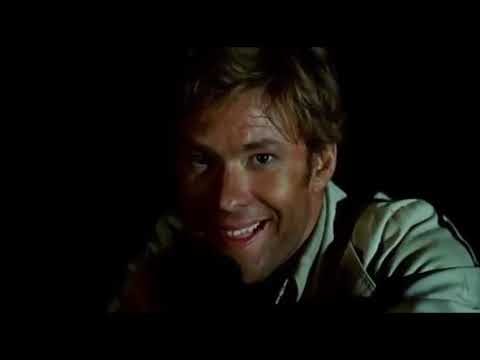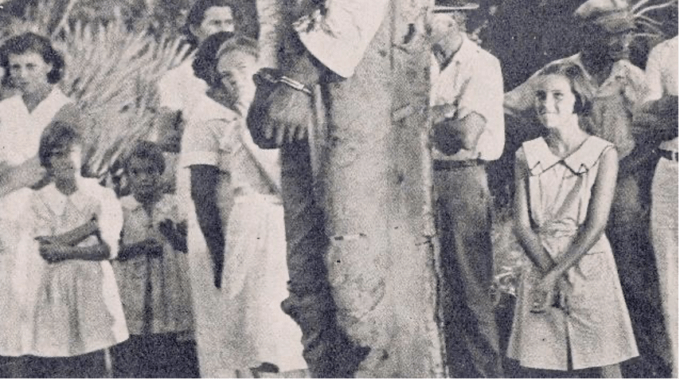Thus article first appeared in Counterpunch on July 1, 2022. I thought of it again after watching Greg Palast’s latest voter disenfranchisement film, Vigilantes, Inc.
They’re selling postcards of the hanging
They’re painting the passports brown
The beauty parlor is filled with sailors
The circus is in town– Bob Dylan, “Desolation Row”
What if I received a postcard in the mail showing a human hanging from a lynching tree? Only the dangling legs in view. Lynchers smiling taking up most of the frame. But I knew it was a Black guy. I knew the sender and her views about race relations. Let’s say she was in the pic, grinning. What would I do after recoiling in horror? Could I call the cops? Wouldn’t I be ashamed to know someone like that — their previous dropping of N-bombs now graduated to graphic illustrations of hatred? How many postal hands would the card have passed through? How many yuckles along the way? How many unremarked moments as the postcard made its way to its destination corrupting each unconcerned viewer, like a virus, as it went?
When I was a little boy I traded Topps baseball cards with my pals. (I got sick of always having six Yaz cards no matter how hard I tried to half-heart my tosses.) I try to imagine the above scenario with trading cards for lynchings. Enlightening, en-whitening statistics on the back. Surmises for demises. Numbers like pop-eye spinach for an otherwise limp, hateful mind. Aw, shit, not Mississippi Burning again! And look at this guy with Medgar Evers set!
And today, we’ve got selfies we can put up on the Dark Net, where all our manimalist tendencies can be displayed at lightning speed across the globe. There’s Nick and Jimmy and Tyro climbing over each other to get a shot off. Lynching can take all kinds of forms.
Killing and culling objects — it’s a calling!
Scene from Australian film classic Wake in Fright (1971)
Postcard Lynchings:‘Token of a Great Day’ (2021), is a new short film (14 minutes) that discusses the practice of not only hanging somebody — because — but following up that evil with the practice of taking often-gleeful photographs of the deed. The documentary is roughly in the style of PBS’ Ken Burns, with still photos and sober interviews with experts and old-timey piano music. The film does an excellent job of keeping the focus to the horror of the postcards themselves. They really are self-explanatory and quite suitable for a short film from which you can come away and reflect. The depravity is definitely a teachable moment, and so, suitable for the classroom as well as general viewing. If you wanted a snapshot of the kinds of beings who today, and in the future, if we let them, “disenfranchise” Black voters by lynching their ballots, this flick gives you the emotional gist of the intentionality involved.
One of the most startling things about the film is the depiction of ‘innocents’ brought into the frame — brought into the situation — smiling evilly, part of a murder justified along ther lines of white supremacy, the shallowest form of differentiation, involving little more persuasion than skin color. In the film Betrayed (1988) with Tom Berenger and Debra Winger, perhaps the most evil scene involves children being tucked in for the night and asking their ‘new’ mommy (their real one has died) if they can go without secrets any more — can they openly go after Js and N-words? It’s a horrifying film, and even shocking that the filmmakers got children to act out the scene. You can think that the racism card is being played a bit overhandedly, but then Postcard Lynchings reminds you — look, look at that expression on the little girl’s face in this postcard:
Still from Lynching Postcards (2021). Wild Bunch SA.
We don’t want to look into this kind of mirror too often. Betrayed has another equally evil scene involving the kidnapping and bloodsport chase of a Black man through woods.
Postcard Lynchings also observes the importance of the rise of casual photography in the glorification of this form of casual horror. As the filmmakers put it,
Kodak invents the amateur camera at the end of the 19th century. And with that, we start to see photography become even more and more part of people’s daily lives. Photographs of lynching start to appear in a host of different forms.
They offer up a rationale for the importance of the camera in augmenting and characterizing memory and public events, eve lynchings. They observe:
The photograph extends the life of an event. Very simply, when we think about photography, we think about time. It allowed a viewer to relive and re-experience that sense of power and control over and over and over again. They functioned as a form of ownership over black people, even in death.
The legacy lives on. The Mighty Whitey in all his glory. Look again at that little girl’s face and know that her free will has been extinguished by monsters who are undemocratic to the core.
The film also references the story-telling of Negroes about themselves, through their own lenses, in the magazine The Crisis — subtitled: A Record of the Darker Races. It contains articles that may have inspired the kind of politics that Black Agenda Report does so well today. The collection of The Crisis (1910-2014) is available at Internet Archive.
It is most difficult to look at the images of white faces in these postcards and feel that they are the same species as mine. And yet they have so much power, even today. Congressman Clement Vallandigham, a Copperhead, and probably a dickhead, who inspired the strange patriot tale, “The Man Without A Country,” observed of slavers and their strange ways, in 1864,
Certainly, sir, there are two white races in the United States, both from the same common stock, and yet so distinct — one of them so peculiar — that they develop different forms of civilization, and might belong, almost, to different types of mankind.
It’s true as much today, if not more. Unreconstructed whites led the clown show on January 6, and, apparently, even included plans for lynching — Mike Pence — Mr. White Bread himself. Crime? Being okay with the certification of electoral college votes affirming Joe Biden’s win in the 2020 presidential elections, and not going along with Trump’s charge that fraud had occurred to steal the election — the motherfuckers actually counted all the Black votes this election cycle! And the MSM called it the Best Election Ever, as if to tweak Trump’s language. How about that.
Though there can be no excuse or rationale that can frame lynchings as acceptable forms of Just Is, the resentment many white Southerners felt during the lead up to the Civil War is at least of curious interest when one considers that the Emancipation Proclamation, freeing slaves, that Abe Lincoln was so famous for, excluded Union states: slavery continued in Maryland, Missouri, Kentucky, Delaware and West Virginia.
Blue Union states that continued slavery during Civil War.
As the film’s narrator tells us:
In the aftermath of the Civil War. African-Americans have an opportunity for freedom and equality, but there’s a backlash among white citizens, particularly in the South, with people who do not want African-Americans to enjoy the full rights of citizenship that other people enjoy. You have a shifting of the racial hierarchy, and one way to really solidify white over black again was using forms of racial terror. And one of the most acute and profound and widespread and visual forms of racial terror was the lynching of black bodies.
There’s a postcard of a hanging. The lynching of Democracy in America from the Reconstruction to the knee in George Floyd’s neck.
One aspect that might have been useful information to bring in is a brief note on the source of the word ‘lynching’. Wikipedia tells us that
The origins of the word lynch are obscure, but it likely originated during the American Revolution. The verb comes from the phrase Lynch Law, a term for a punishment without trial. Two Americans during this era are generally credited for coining the phrase: Charles Lynch (1736–1796) and William Lynch (1742–1820), both of whom lived in Virginia in the 1780s…The archaic verb linch, to beat severely with a pliable instrument, to chastise or to maltreat, has been proposed as the etymological source; but there is no evidence that the word has survived into modern times, so this claim is also considered implausible
A little philology doesn’t hurt. From the Lynch brothers to the Kochs.
Lynching Postcards is a powerful short film that can be viewed in the time it took to get through this piece. It can be viewed at Paramount+ (note the 30 day trial might allow you to watch and cancel the subscription). You can also view it at Internet Archive, the online library.
#####
Greg Palast’s Vigilantes, Inc. can viewed at his website for free.



